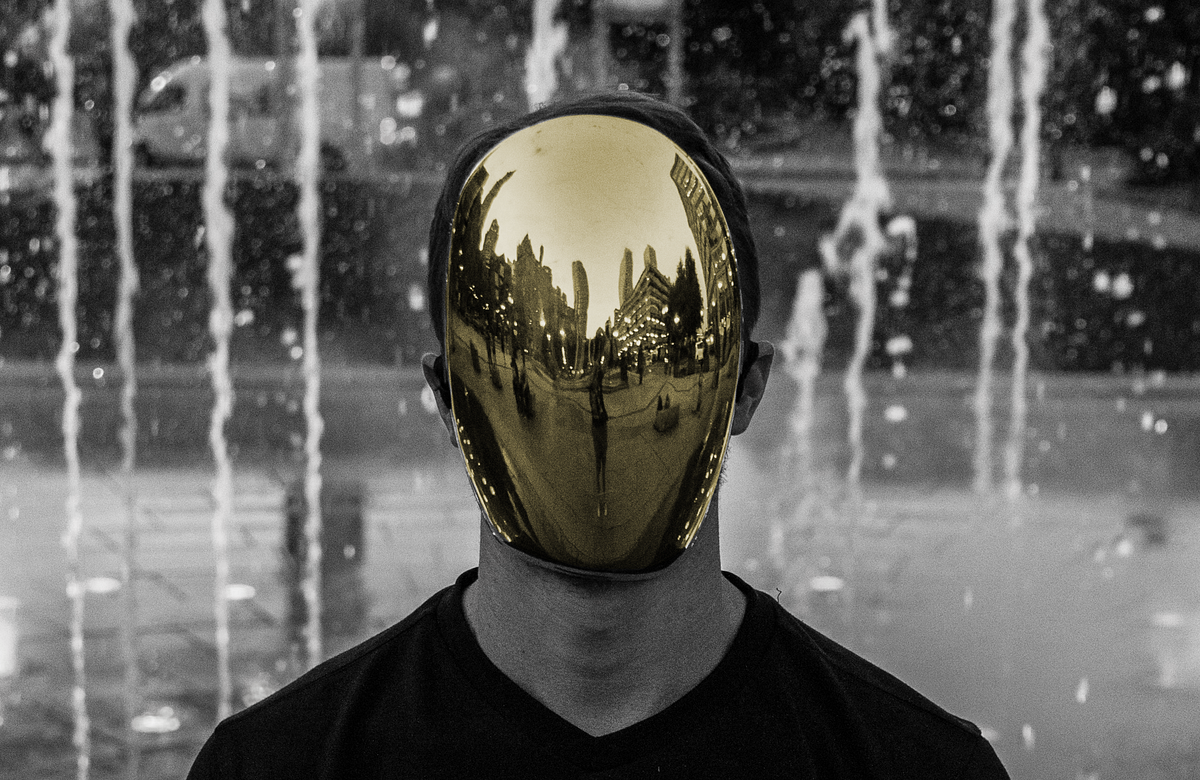3D Face Reconstruction With Position Map Regression Networks

Position Map Regression Networks (PRN) is a method to jointly regress dense alignment and 3D face shape in an end-to-end manner. In this article, I’ll provide a short explanation and discuss its applications in computer vision. In the last few decades, a lot of important research groups in computer vision have made amazing advances in 3D face reconstruction and face alignment.
Primarily, these groups have used CNNs as the de facto ANN for this task. However, the performance of these methods is restricted because of the limitations of 3D space defined by face model templates used for mapping. In a recent paper, Yao Feng and others proposed an end-to-end method called Position Map Regression Networks (PRN) to jointly predict dense alignment and reconstruct 3D face shape.
They claim their method surpasses all previous attempts at both 3D face alignment and reconstruction on multiple datasets. Specifically, they designed a UV position map, which is a 2D image recording the 3D coordinates of a complete facial point cloud, which maintains the semantic meaning at each UV polygon. They then train a simple encoder-decoder network with a weighted loss that focuses more on discriminative region to regress the UV position map from a single 2D facial image.
In a recent paper, Yao Feng and others proposed an end-to-end method called Position Map Regression Networks (PRN) to jointly predict dense alignment and reconstruct 3D face shape. They claim their method surpasses all previous attempts at both 3D face alignment and reconstruction on multiple datasets.
Source: fritz.ai